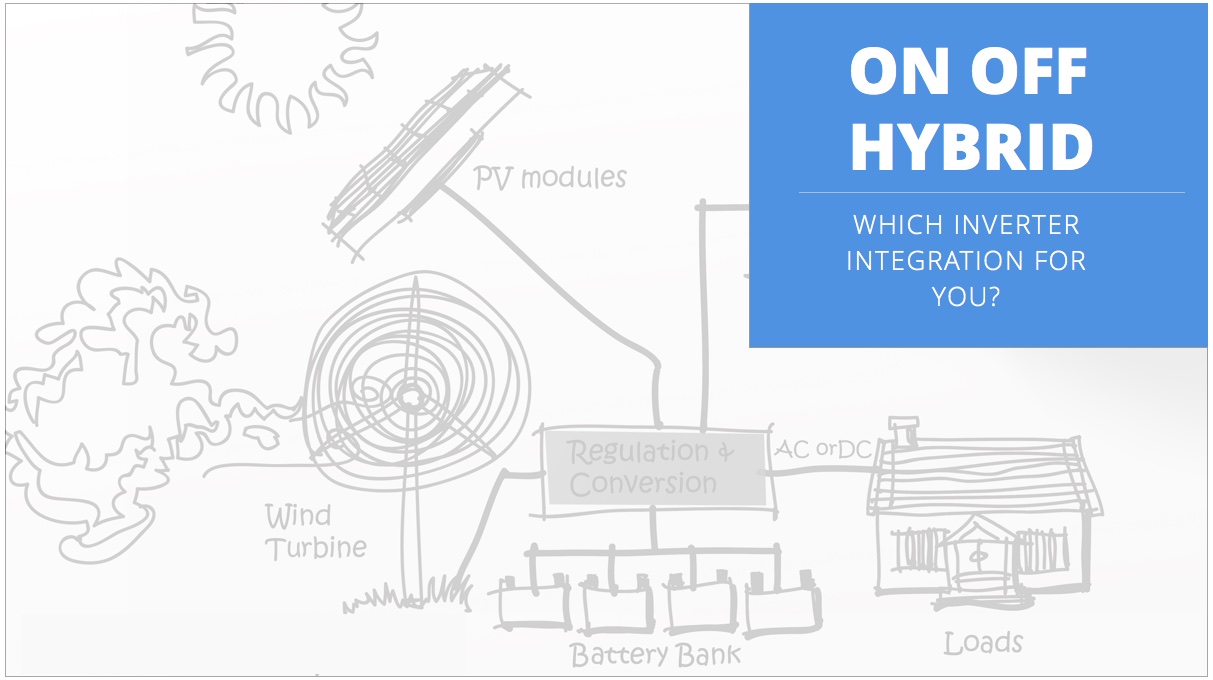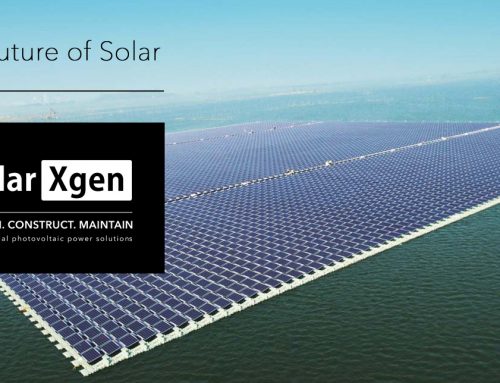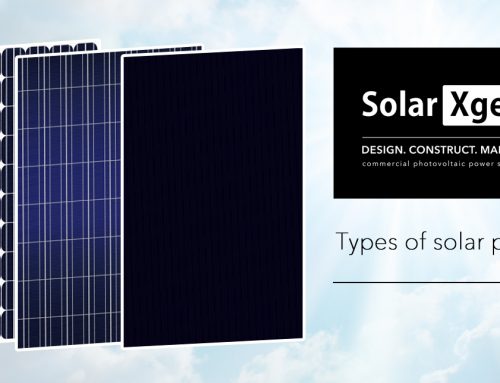Grid Tie vs Off-Grid vs Hybrid Solar System
Solar systems can be confusing. Choosing the correct system for your home and desired outcome takes careful planning. We explain the major differences between a Grid Tied, Off-Grid, and Hybrid solar system.
Grid tied ( On-Grid )
In a grid tied system , the solar power is paralleled with utility. The 2 run synchronously and the major benefit of such system is that your load will always consume the solar power generated first.
Example 1
The demand (kW) in your home at a particular time is, lets say, 3kW. It’s early daytime and your 3kWp PV solar system is generating 2kW of power. In this instance the supply will be 2kW from solar and 1kW from utility.
Example 2
The demand (kW) in your home at a particular time is, lets say, 2kW. It’s mid daytime and your 5kWp PV solar system is generating 4kW of power. In this instance the supply will be 2kW from solar and 0kW from utility. The excess of 2kW of Solar power can either be “fed-back” into the grid (provided you have municipal approval) or it can be channeled into battery storage (provided you have batteries and an On Grid Hybrid inverter).
Off Grid
An off-grid solar system is designed to be run without utility. An off-grid hybrid system can however operate with utility but slightly different from the Grid Tied system above (see Hybrid). Again , we use a set of examples to explain the difference.
Example 3
The demand (kW) in your home at a particular time is, lets say, 3kW. It’s early daytime and your 3kWp PV solar system is generating 2kW of power. In this instance the supply will be 0kW from solar and 3kW from utility. The 3kW generated from the solar will go to charging batteries. If batteries can supply the full load they will do so before utility.
Example 4
The demand (kW) in your home at a particular time is, lets say, 2kW. It’s mid daytime and your 5kWp PV solar system is generating 4kW of power. In this instance the supply will be 2kW from solar and 0kW from utility. The excess of 2kW of Solar power will channeled into battery storage.
Hybrid
Hybrid inverters are available in both On Grid and Off Grid scenarios. That is , you get an “On Grid hybrid” inverter and you get an “Off Grid hybrid” inverter.
Difference is Critical
If you are about to embark on a PV solar system, choosing the correct inverter type is critical to your return on on investment. The entire system needs professional consultation. It is always best to speak with a dedicated Solar company about the shortcomings of different options.
SolarXgen’s Residential department
We have an entire group of professionals , purely focussed on residential solar systems. With over 200 solar systems designed and installed in the last 2 years it makes sense to get professional input.







